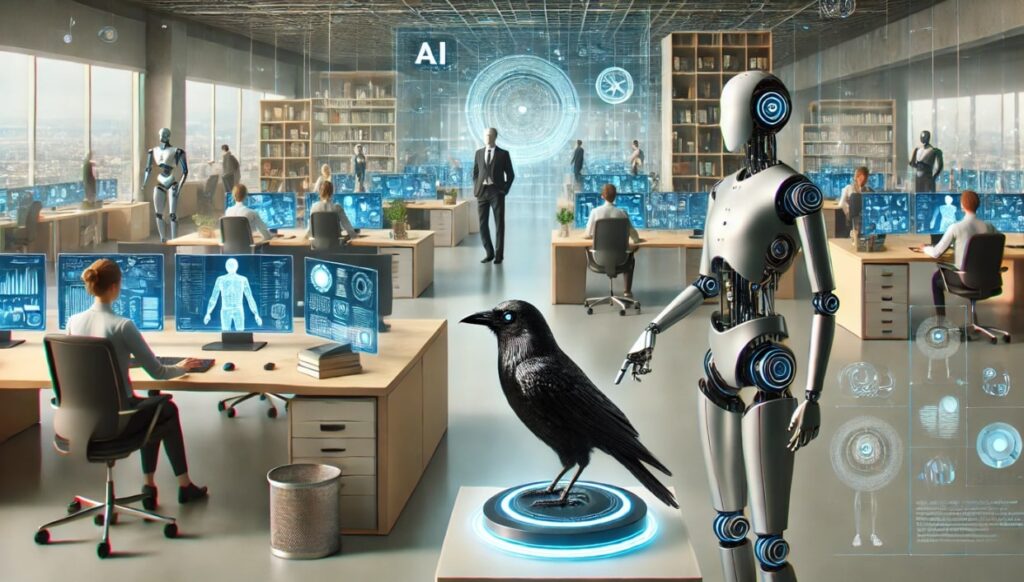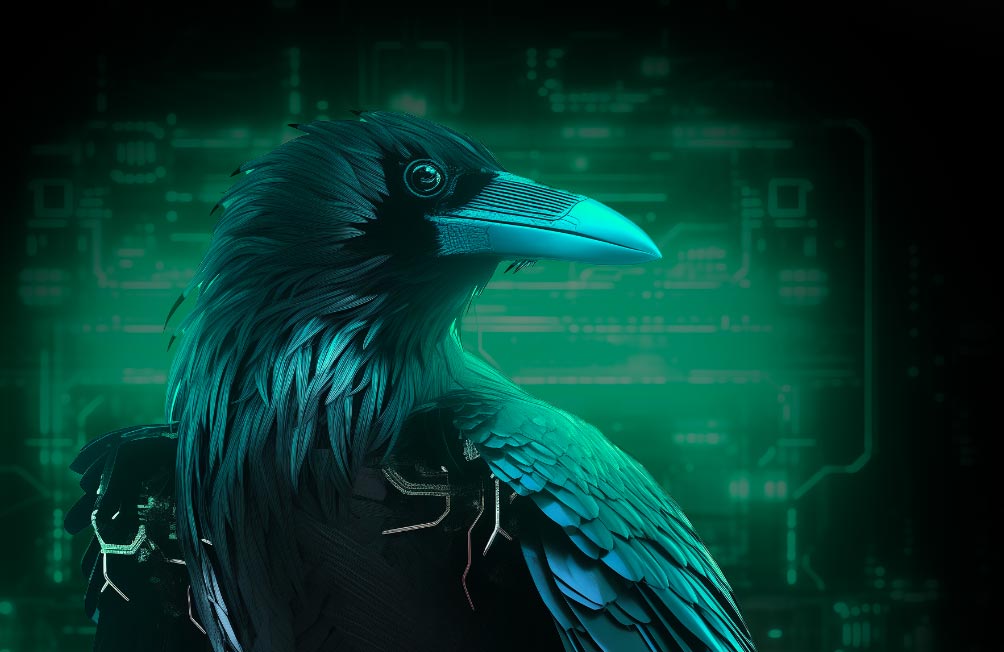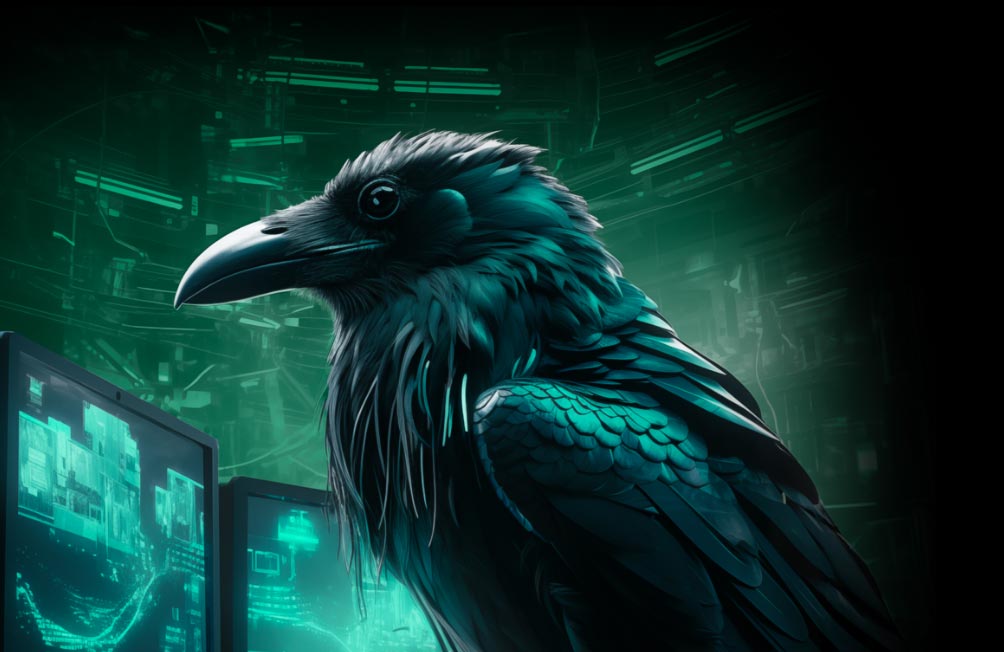How Companies Can Embrace AI Without Losing Team Trust
AI systems are transforming workplaces by handling repetitive tasks, but thoughtful implementation is critical to fostering trust and ensuring these tools enhance rather than disrupt team dynamics.

At NVIDIA’s recent CES keynote, CEO Jensen Huang shared a bold and forward-looking vision for the future of work: IT departments evolving to oversee fleets of AI-powered digital workers. These ‘digital workers’ are not human employees but AI systems that can perform tasks tirelessly while tailored to company culture and processes. It’s a vision that prompts us to think critically about embracing AI’s potential while addressing the questions and hopes it raises.
AI is already reshaping how we work. This isn’t just speculation. Many of us see it every day. Chatbots handle customer questions, and automation tools handle repetitive administrative work. Digital workers aim to free up time for people to focus on tasks with higher impact, potentially creating new roles and opportunities. But what does this mean for those of us in the workforce? For some, the rise of digital workers is exciting—it promises relief from routine work. For others, it raises understandable concerns: how will AI fit into our workplace culture, impact our roles, or influence the personal connections that make work meaningful? These are valid questions we must address as we move forward.
LEARN MORE: What Is A Narrative Attack?
Organizations across industries have already started integrating AI into their workflows, and the results are mixed. What stands out from these experiences is how much collaboration and communication matter. Building trust in AI starts with transparency, audibility, and explainability. AI can’t remain a mysterious “black box.” Teams need clear insights into how these tools make decisions, and domain experts must be able to evaluate those decisions against defined metrics. When organizations provide this level of visibility, they reduce discomfort and build confidence in the tools they deploy, reassuring everyone involved.
LEARN MORE: The World Economic Forum recently ranked narrative attacks created by misinformation and disinformation as the #1 global risk for the second consecutive year. Harmful narratives also fan the flames of the top five risks, including extreme weather, state-based armed conflict, societal polarization, and cyber espionage. Check out the report here.
If employees feel excluded—especially when AI takes over tasks requiring human connection—frustration and resistance can grow. But when thoughtfully introduced, AI can simplify work and create room for growth and innovation. How we implement AI isn’t just important; it’s everything. Thoughtful implementation fosters trust and transparency while giving employees a voice in shaping how these tools integrate into their daily workflows. The goal isn’t for one team to drive AI adoption alone—it’s about everyone working together to ensure these tools truly support how we work and thrive as an organization.
As we look to the future, there’s no one-size-fits-all approach to integrating AI, but we can prepare meaningfully. For example, the future of work includes “hiring” highly specialized AI agents designed to excel at specific tasks. Like recruiting the right human talent, choosing the right AI tools requires evaluation to ensure they align with organizational goals and culture. Managers need to set clear KPIs. Those KPIs can be conversion rates, accuracy, or speed. The KPIs then need to measure and compare performance effectively. This iterative approach to selecting and refining AI tools ensures they deliver real value and integrate smoothly into existing processes.
Preparing for the future also means investing in our people. We should upskill employees, technically or interpersonally, to ensure everyone feels equipped to work alongside AI. Transparency remains critical – openness about how and why AI is used builds trust and alleviates uncertainty. Establishing clear guidelines for aligning AI with company values and strategies helps create cohesion. When digital workers enhance how we work rather than disrupt, they become a valuable part of the team.
Feedback is another essential piece of the puzzle. The evolution of AI tools is based on real-world use, and people use them daily as the best source of insight. Encouraging ongoing feedback ensures these tools grow and improve in ways that meet the organization’s needs. Much like performance management, this process is continuous. It’s a way for everyone to be involved and integral to the process, ensuring that the tools are not just practical but also reflective of the organization’s unique needs and culture.
Jensen Huang’s metaphor, “IT as the new HR,” resonates because AI agents need oversight, development, and governance, much like human employees. However, successfully integrating AI requires more than just shifting responsibilities to IT. It calls for collaboration across HR, domain managers, IT, and leadership. Together, these teams can create ethical, transparent, and practical governance structures that make AI a trusted and productive part of the workforce. When everyone in the organization becomes fluent in working with AI, we can unlock its true potential.
The rise of digital workers is an exciting opportunity to rethink how we approach work, but it’s also a shared responsibility. By integrating AI thoughtfully, we can create systems where technology supports and enhances human potential rather than overshadowing it. At Blackbird.AI, we’re committed to navigating this journey with care and collaboration. We don’t claim all the answers, but we are asking the right questions. How do we ensure digital workers enhance our workplaces without compromising what makes them uniquely human? Let’s continue this conversation, learn from one another, and embrace this new chapter together.
- To receive a complimentary copy of The Forrester External Threat Intelligence Landscape 2025 Report, visit here.
- To learn more about how Blackbird.AI can help you in these situations, book a demo.
Christina Cherniawsky •
A results-driven Human Resources Business Partner with expertise across multiple HR functions, including talent development, performance management, policy development, succession planning, compensation, and recruitment strategy. Adept at leveraging centers of expertise to align HR initiatives with business objectives, this professional brings strong business acumen, strategic thinking, and the ability to drive insights through data and analytics. Skilled in navigating complex, matrixed environments, they excel in leadership, relationship management, and building global networks while maintaining resiliency in high-intensity situations. With a deep understanding of talent acquisition, employee relations, change management, workforce planning, compliance, employment law, system conversions, learning and development, and total rewards, they are well-versed in managing the employee lifecycle across startups, PEOs, and established organizations, ensuring confidentiality and excellence in HR operations.
A results-driven Human Resources Business Partner with expertise across multiple HR functions, including talent development, performance management, policy development, succession planning, compensation, and recruitment strategy. Adept at leveraging centers of expertise to align HR initiatives with business objectives, this professional brings strong business acumen, strategic thinking, and the ability to drive insights through data and analytics. Skilled in navigating complex, matrixed environments, they excel in leadership, relationship management, and building global networks while maintaining resiliency in high-intensity situations. With a deep understanding of talent acquisition, employee relations, change management, workforce planning, compliance, employment law, system conversions, learning and development, and total rewards, they are well-versed in managing the employee lifecycle across startups, PEOs, and established organizations, ensuring confidentiality and excellence in HR operations.
Nitin Pillai • VP of Engineering
Nitin serves as the VP of Engineering at Blackbird.AI. He is a versatile and visionary executive leader with over 20 years of experience in Engineering. He has dedicated his career to creating and executing major technical initiatives that consistently produce exponential growth in efficiency, performance, and best-in-class solutions.
Nitin serves as the VP of Engineering at Blackbird.AI. He is a versatile and visionary executive leader with over 20 years of experience in Engineering. He has dedicated his career to creating and executing major technical initiatives that consistently produce exponential growth in efficiency, performance, and best-in-class solutions.
Paul Burkard • Chief AI Officer
Paul Burkard is an experienced Data Scientist who solves complex problems across disciplines, specializing in Python, Machine Learning, Natural Language Processing, Big Data, and Web Technologies.
Paul Burkard is an experienced Data Scientist who solves complex problems across disciplines, specializing in Python, Machine Learning, Natural Language Processing, Big Data, and Web Technologies.
Need help protecting your organization?
Book a demo today to learn more about Blackbird.AI.



